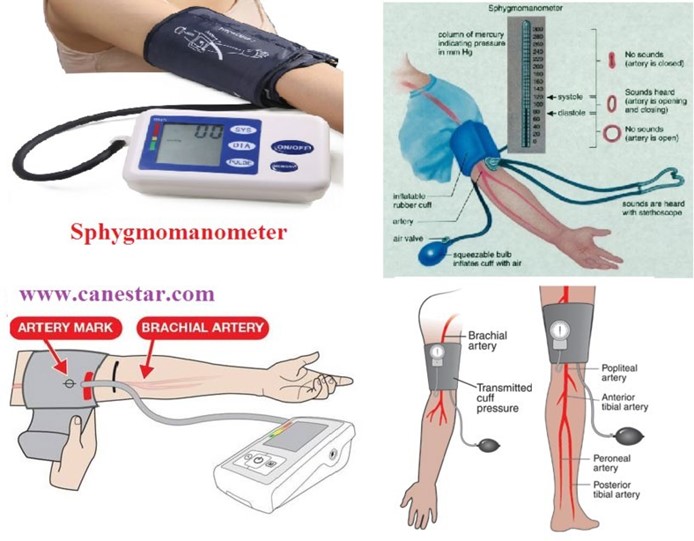A nurse enters a client's room and discovers a smoldering fire in the drapes. After moving clients to a safe location, which of the following actions should the nurse take next?
Use an extinguisher to put out the fire.
Pull the fire alarm.
Close the doors to client rooms.
Turn off any electrical equipment in the room.
The Correct Answer is B
After moving clients to a safe location, the next action the nurse should take is to pull the fire alarm. This will alert others in the building to the presence of a fire and activate the building's fire suppression systems.
Options a, c, and d are not the next actions the nurse should take. Using an extinguisher to put out the fire may be appropriate if the nurse has been trained to do so and if it is safe to do so. Closing the doors to client rooms can help to contain the spread of smoke and fire, but it is not the next action the nurse should take. Turning off electrical equipment in the room may help to prevent further ignition sources, but it is not the next action the nurse should take.
Nursing Test Bank
Naxlex Comprehensive Predictor Exams
Related Questions
Correct Answer is A
Explanation
Decreased judgment is a common sign of sleep deprivation. When a person is sleep deprived, their cognitive function can be impaired, leading to difficulty making decisions and exercising good judgment.
Options b, c, and d are not necessarily indicative of sleep deprivation. Decreased activity can be a sign of many different conditions, including fatigue or depression. Increased reflexes and increased auditory alertness are not commonly associated with sleep deprivation.
Correct Answer is A
Explanation
When checking a client's blood pressure, the nurse should use a cuff with a width that is about 60% of the client's arm circumference. This will help to ensure that the cuff fits properly and provides an accurate reading.
Options b, c, and d are not correct. The cuff should be applied over the client's brachial artery, which is located in the antecubital fossa. The client should sit with their arm resting at the level of their heart, not above it. The pressure on the client's arm should be released at a rate of 2 to 3 mm per second, not 5 to 6 mm per second.

Whether you are a student looking to ace your exams or a practicing nurse seeking to enhance your expertise , our nursing education contents will empower you with the confidence and competence to make a difference in the lives of patients and become a respected leader in the healthcare field.
Visit Naxlex, invest in your future and unlock endless possibilities with our unparalleled nursing education contents today
Report Wrong Answer on the Current Question
Do you disagree with the answer? If yes, what is your expected answer? Explain.
Kindly be descriptive with the issue you are facing.
